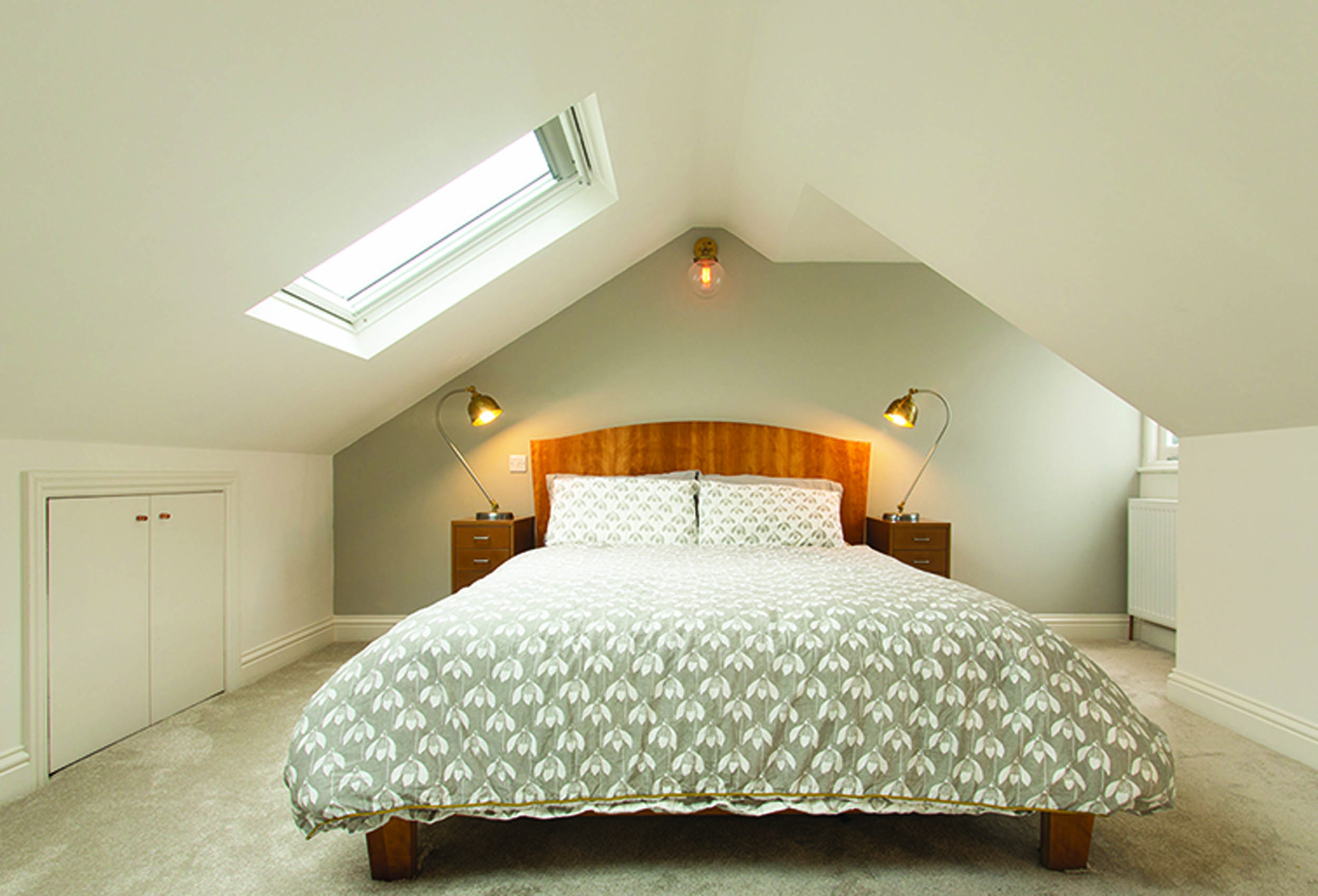Your home's potential extends far beyond what meets the eye at ground level. That unused space above your head could become the extra bedroom, home office, or creative studio you've been dreaming about. Loft conversions have surged in popularity as homeowners discover this cost-effective way to expand their living space without the upheaval of moving house.
Converting your loft offers a practical solution to growing space needs while adding substantial value to your property. Rather than enduring the stress and expense of relocating, you can create additional functional areas within your existing home's footprint.
Benefits of a Loft Conversion
A well-executed loft conversion Farnham delivers multiple advantages that extend beyond simple space creation. Most homeowners see an immediate increase in their property's market value, often recouping their investment and adding considerable equity. Estate agents frequently cite loft conversions as one of the most valuable home improvements, typically adding 10-20% to a property's worth.
The additional living space proves invaluable for growing families or changing lifestyle needs. Whether you need an extra bedroom for a new arrival, a quiet home office for remote work, or a creative space for hobbies, your converted loft can serve multiple purposes. The elevated position also provides better natural light and often stunning views that ground-floor rooms simply cannot match.
Privacy becomes another significant benefit. A converted loft creates a separate zone within your home, perfect for teenagers, guests, or anyone needing their own space. The physical separation from main living areas reduces noise and provides a peaceful retreat.
Planning and Design
Successful loft conversions begin with careful planning and adherence to building regulations. Most loft conversions fall under permitted development rights, meaning you won't need planning permission. However, building regulations approval remains mandatory to maintain safety standards and structural integrity.
Your roof's structure determines which type of conversion suits your home best. Dormer conversions work well for properties with limited headroom, while roof light conversions suit homes with adequate existing height. Hip-to-gable conversions can dramatically increase space in semi-detached or detached properties.
Consider practical elements early in the planning stage. Staircase placement affects both the loft layout and the floor below, so plan this carefully to minimise disruption to existing rooms. Insulation requirements have become stricter, but proper insulation creates a comfortable, energy-efficient space year-round.
Access to natural light transforms any loft conversion from a cramped storage area into a bright, welcoming living space. Strategic placement of windows or roof lights can flood the area with daylight while maintaining privacy.
Cost and Timeframe
Loft conversion costs vary considerably depending on size, complexity, and finish quality. Simple roof light conversions typically start around £15,000-£20,000, while extensive dormer conversions can reach £40,000-£60,000. Hip-to-gable conversions generally fall somewhere between these ranges.
Several factors influence the final cost. Structural work, bathroom installation, and high-end finishes increase expenses, while simpler conversions with basic fittings keep costs down. Obtaining multiple quotes from reputable contractors helps establish realistic budgets and avoid unexpected expenses.
Most loft conversions take between 6-8 weeks to complete, though complex projects may require additional time. Weather conditions can affect external work, particularly during the winter months. Professional contractors typically provide detailed timelines during the quotation process.
Planning permission applications, where required, can add several weeks to the overall timeframe. Building regulations approval usually processes more quickly, but it remains an essential step before work begins.
Making Your Loft Work for You
A loft conversion represents one of the smartest investments you can make in your home. The combination of increased living space, enhanced property value, and improved lifestyle makes this home improvement particularly attractive for homeowners looking to maximise their property's potential.
Start by assessing your loft's suitability and exploring different conversion options. Consulting with experienced contractors and architects can help you understand what's possible within your budget and timeframe. With proper planning and execution, your converted loft could become your home's most treasured space.
